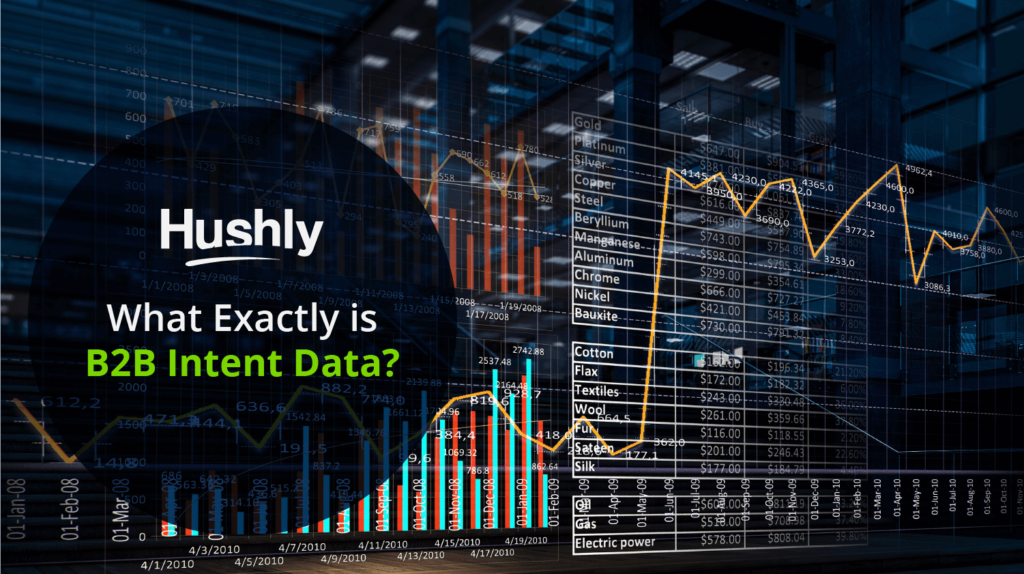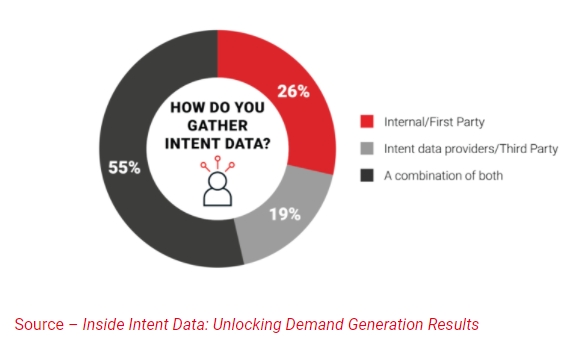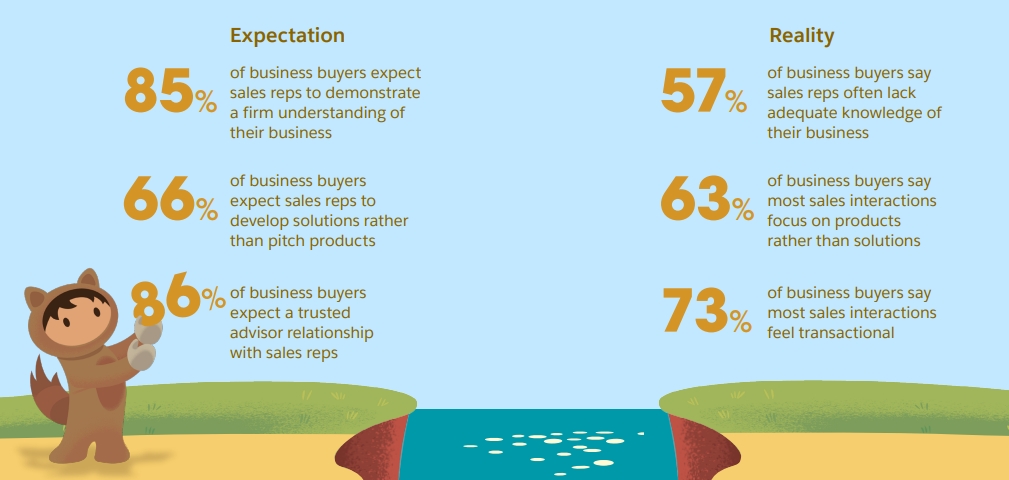Every day, businesses are working to meet the needs of customers with relevant, high-quality content. But to do this, they need to be able to understand what their customers are looking for. B2B intent data is a way to analyze and predict customer behavior in the digital landscape.
It is a tool that helps brands and retailers understand what their customers want so they can provide them with relevant content at the right time on the right channel. Though, what exactly is this data, and how can you put it to work for your B2B marketing strategy?

Defining B2B Intent Data
The easiest way to define B2B intent data is a dataset that shows your marketing team what an individual lead is interested in based on their behaviors.
These behaviors typically include:
- Recent purchases
- Browsing history
- Interactions on social media
- Behaviors within email and other digital channels
Essentially, these behaviors are collected and documented as a way to gain insight into how users behave and how these behaviors can be used to target content and marketing messages to these them. You can then also use this information to try and predict the future behaviors of similar audience segments so you can improve your marketing strategy.
How is B2B Intent Data Collected?
Intent data is a powerful tool for B2B marketing. It can provide you with an in-depth understanding of your audience, their needs, and the information they want to find. But how exactly is intent data collected? There are several different ways to go about it, including:
- First-Party Intent Data: First-party intent data is the data that is collected when a user interacts with your brand in some way, whether that’s visiting your website, downloading an eBook, or making a purchase. It’s a great way to understand what your customers are looking for, what’s on their mind, and how they want to experience your brand.
- Third-Party Intent Data: Third-party intent data is the data that you collect about your competitors and what their customers are looking for. This data can be extremely powerful and is a good way of understanding the overall landscape of your industry. A third-party intent data provider usually collects this information for you.

Source: InboxInsight
5 Ways to Put Your B2B Intent Data to Work
The best brands realize that their customers are looking to them for more than just product recommendations. They want to hear what the brand is doing to help solve problems and build solutions. Knowing what your customers are looking for is the first step to building out a comprehensive strategy that can better enable your brand to answer their questions and solve their problems.
With B2B intent data, you can be sure that you’re delivering on that promise. Not sure how to put your B2B intent data to work? Here are five ways to do just that:
1. Build Customer Confidence
One of the biggest challenges facing B2B marketing teams is proving to business buyers that they understand their unique needs. Not only do 73% of B2B buyers say most sales interactions feel “transactional,” but that these interactions are too focused on selling a product rather than helping them find a solution. In fact, 57% of B2B buyers say that sales reps often lack enough knowledge of their business and needs.

Source: Salesforce
To combat this, you can use your B2B intent data to help your sales team understand your customers better, allowing you to present your products and services in a way that your buyers find relatable and relevant.
2. Help Nurture Your Leads
A well-executed nurturing strategy is one of the best ways to improve your lead generation. The right intent data can help you nurture your leads, guiding them to the next step in their buyer’s journey (and ultimately, to the sale).
For example, you could use this data to highlight relevant content and resources that are most likely to interest your leads. You could also use this data to present them with a personalized landing page to close the sale. It can help make the offer more relatable, in a way that feels natural, so they’re less likely to push back.
3. Identify Early Opportunities
With B2B intent data, you can better understand your customers’ pain points and challenges.
This insight can help you identify early opportunities to provide support and help your customers solve their problems before they ever become a sales opportunity.
This helps to build a stronger relationship with your customers and helps you create more relevant marketing strategies that will resonate with them from the get-go and continue to drive customer acquisition.
4. Improve Your Account-Based Marketing
The best brands can provide the most relevant content and experiences to their current and prospective customers when it comes to account-based marketing.
This can be especially challenging for B2B brands, where the needs of individual buyers can vary significantly depending on their job title, industry, and vertical.
However, with the right B2B intent data, you can ensure that your marketing strategy can deliver on that promise, creating a better experience for your prospects and customers alike.
With the right data at your disposal, you can further your ABM strategy by targeting customers in real-time and delivering more personalized, relevant experiences. This helps to build stronger long-term relationships and ultimately increase the overall value proposition that you as a brand offer.
5. Create Targeted Advertising
Finally, B2B intent data allows you to create more targeted advertising. With this data, you can better identify the demographic, job role, and other customer characteristics your leads are interested in. This information can help you create more relevant, impactful ads. For example, you could target a specific job role, or even a particular industry, to better reach your ideal customer.
This data can also be used to create more customized landing pages to present your products and services to your leads. This is an effective way to convert leads into sales, as your customers are presented with more relevant content and resources that they are more likely to find useful and engaging.
Hushly’s Custom Experience Can Help You Improve Your Data
Here at Hushly, we understand just how vital your B2B intent data can be. We are an enterprise solution for content marketing that uses artificial intelligence to put your information in front of your ideal audience.
We help you make the most of your B2B intent data to create intelligent content experiences for your customers and prospects across all key touchpoints.
Ready to see what Hushly can do for you? Then book your demo today!

